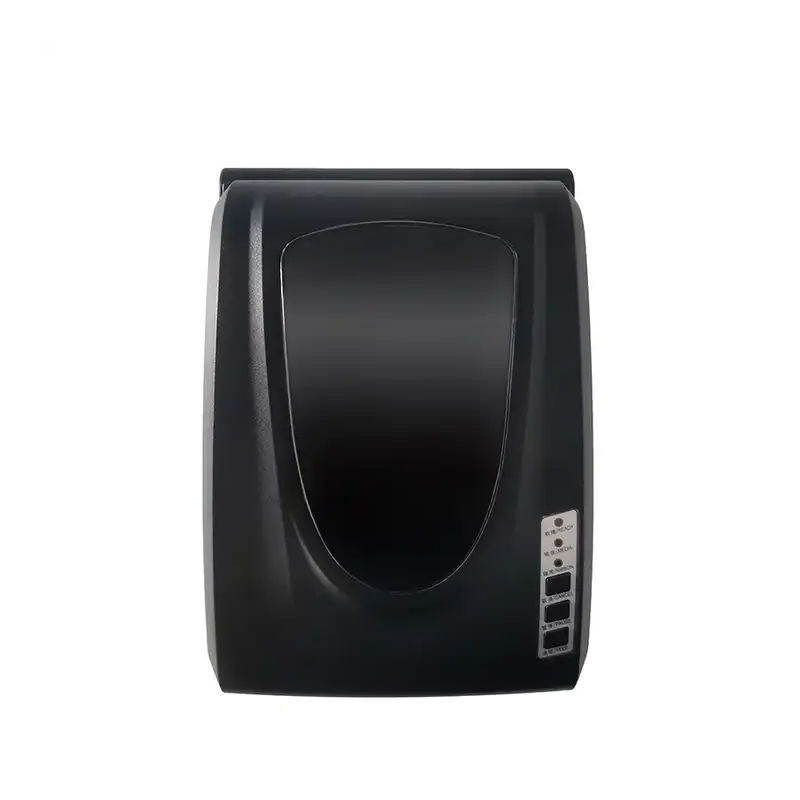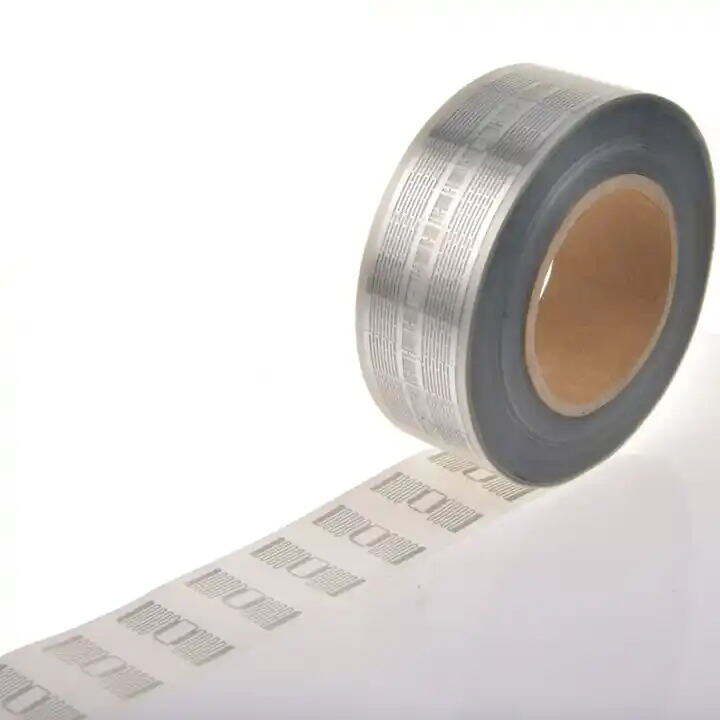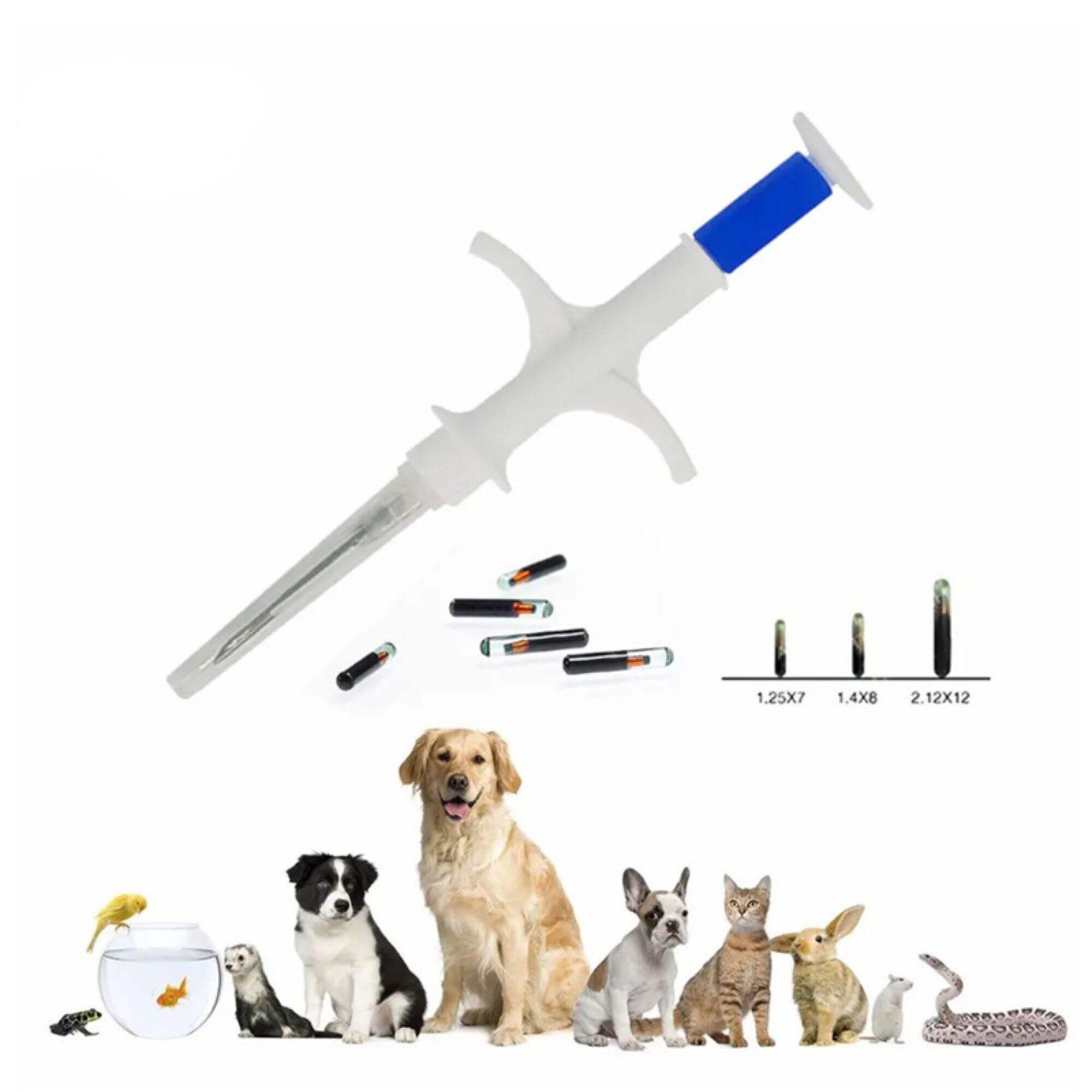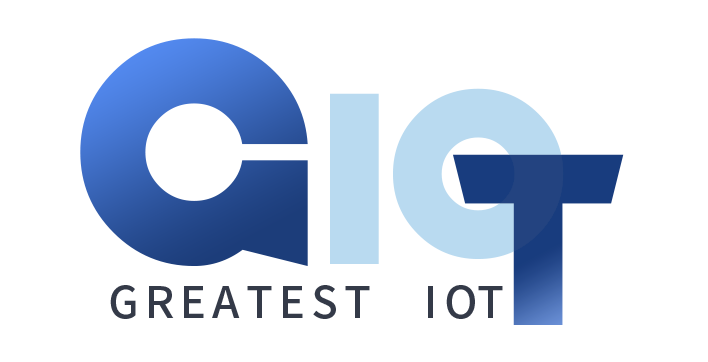በፈጣን የሚለዋወጥ የጤና አካባቢ ውስጥ ቴክኖሎጂ በተመጣጣኝ እና በትክክል የታካሚ እንክብካቤ ማቅረብ ውስጥ አስፈላጊ ሚና አለው። ንዑስ መስመር ኮሙኒኬሽን (NFC) ይህ የሚለዋወጥ ቴክኖሎጂ በጤና ውስጥ ትልቅ መግባባት እንደሚያደርግ ነው። ይህ በምርጥ ጽሁፍ ውስጥ NFC ቴክኖሎጂ ፣ በጤና ውስጥ የሚደርሱ አዳዲስ አጠቃላይ እና ለአስተዳደር እና ለታካሚዎች የሚሰጥ በርካታ ጥቅሞች ላይ በቅርብ እንደምን እንደሚመለከት ነው።
የ NFC መለያዎች በአጭር ርቀት (በተለምዶ ከ 4 ኢንች በታች) ላይ ተኳሃኝ መሣሪያዎች መካከል ግንኙነትን የሚያስችሉ ትናንሽ ገመድ አልባ መሣሪያዎች ናቸው። እነዚህ መሣሪያዎች እንደ ስማርትፎን ወይም ልዩ አንባቢ ያሉ የ NFC መሣሪያዎች አጠገብ ሲሆኑ ሊነበቡ የሚችሉ መረጃዎችን ማከማቸት ይችላሉ።
የኤን ኤፍ ሲ ቴክኖሎጂ በኤሌክትሮማግኔቲክ ኢንዱክሽን ላይ የተመሠረተ ሲሆን የአጭር ርቀት ገመድ አልባ ግንኙነት በመፍጠር ያለአካላዊ ንክኪ የውሂብ ማስተላለፍን ያስችላል። እነዚህ በሁለት ዋና ሁነታዎች ይሰራሉ: ተገብጋቢ ሁነታ, የት መለያ ራሱ የኃይል ምንጭ አያስፈልገውም እና አንድ NFC አንባቢ ሊነበብ ይችላል, እና ንቁ ሁነታ, ሁለቱም መሣሪያዎች መላክ እና ውሂብ መቀበል ይችላሉ የት.
የጤና እንክብካቤ የአሠራር ውጤታማነትን እና የታካሚዎችን ውጤት ለማሻሻል በሚፈልግበት ጊዜ የ NFC ቴክኖሎጂ በእውነተኛ ጊዜ የመረጃ አያያዝ ፣ ደህንነቱ የተጠበቀ የታካሚ ክትትል እና የአስተዳደር ሸክሞችን ለመቀነስ እንደ መሳሪያ ሆኖ ይሠራል። የረጅም ጊዜ በሽታዎች እና የዕድሜ የገፉ ሰዎች ቁጥር እየጨመረ በመምጣቱ የጤና እንክብካቤ ሂደቶችን ለማመቻቸት የ NFC መለያዎች እንደ መፍትሄ እየታዩ ነው።
NFC መለያዎች በህመምተኞች ላይ በሚለብሱት የእጅ አንጓዎች ውስጥ ሊካተቱ ይችላሉ፣ ይህም ፈጣን መለያ እና የጤና እንክብካቤ አቅራቢዎች ወደ ህክምና ታሪካቸው በቀላሉ እንዲደርሱ ያስችላቸዋል። የጤና እንክብካቤ የሚደረግበት መንገድ
የኤን ኤፍ ሲ ቴክኖሎጂ የመድኃኒት አሰጣጥ መርሃግብሮችን ለመከታተል ይረዳል። NFC መለያዎች የተገጠሙባቸው የመድኃኒት መያዣዎች፣ መድኃኒታቸውን መውሰድ ሲገባቸው ታካሚዎችን ሊያሳውቁና የታዘዙትን መድኃኒቶች መከተል እንዲሻሻል ይረዳሉ።
የጤና ባለሙያዎች ኤሌክትሮኒክ የህክምና መዝገቦችን ደህንነቱ በተጠበቀ ሁኔታ ለመድረስ NFC ን መጠቀም ይችላሉ። የ NFC መሣሪያዎች በተገቢው መለያ ላይ በመጫን የጤና እንክብካቤ ሰራተኞች አስፈላጊ የሆኑ የታካሚ መረጃዎችን በፍጥነት ማግኘት ይችላሉ፣ ይህም የተሻለ ውሳኔ አሰጣጥ እና የእንክብካቤ ጥራት እንዲጨምር ያስችላል።
NFC ን የሚደግፉ መሣሪያዎች እንደ የልብ ምት፣ የደም ግፊት ወይም የሙቀት መጠን ያሉ የሕመምተኛውን ወሳኝ ምልክቶች በእውነተኛ ጊዜ መከታተል ይችላሉ። ይህ መረጃ ለጤና እንክብካቤ አቅራቢዎች ለጊዜው ጣልቃ ገብነት ይተላለፋል፣ ይህም ሥር የሰደዱ በሽታዎችን ውጤታማ በሆነ መንገድ ለመቆጣጠር ይረዳል።
ቀጣይነት ያለው እንክብካቤ ለሚያስፈልጋቸው ህመምተኞች NFC በቤት ውስጥ የክትትል መፍትሄዎችን ሊያመቻች ይችላል ። የሚለብሱ NFC መሣሪያዎች የጤና መረጃዎችን መቅዳት ይችላሉ፣ ለጤና ባለሙያዎች ወይም ለቤተሰብ አባላት ዝመናዎችን መላክ ይችላሉ፣ ይህም ህመምተኞች ያለ ተደጋጋሚ የአካል ጉብኝቶች የሚያስፈልጋቸውን እንክብካቤ እንዲያገኙ ያረጋግጣል።
በአስቸጋሪ ሁኔታዎች NFC-የተገበሩ የእጅ አንጓዎች የታካሚውን የሕክምና ታሪክ፣ አለርጂ ወይም መድሃኒት ወዲያውኑ ማግኘት ይችላሉ። ይህ ደግሞ ለህክምና ባለሙያዎች በአስቸኳይ ጊዜያት ወሳኝ ሲሆን ውጤታማ የሆነ ህክምና የማግኘት እድልን ያሻሽላል።
የኤን ኤፍ ሲ ቴክኖሎጂ በርካታ የተለመዱ ሥራዎችን በራስ-ሰር የሚያከናውን ሲሆን ይህም በህመምተኞች እንክብካቤ ውስጥ የአሠራር ውጤታማነት እና ትክክለኛነትንም ያሻሽላል። የጤና እንክብካቤ አቅራቢዎች የተስተካከለ የስራ ፍሰት እና የመረጃ ትክክለኛነት ተጠቃሚ ሊሆኑ ይችላሉ፣ ይህም የስህተት እድልን ይቀንሰዋል።
NFC ን ለታካሚ መለያ፣ የመድኃኒት አያያዝ እና መዝገብ ማስያዝ በመጠቀም የጤና ተቋማት የህክምና ስህተቶችን አደጋ በከፍተኛ ሁኔታ ሊቀንስ ይችላልበመጨረሻም የታካሚ ደህንነትን ያሻሽላል።
የኤን ኤፍ ሲ ቴክኖሎጂ ለጤና መረጃ ቀላል መዳረሻን በማመቻቸት፣ ህመምተኞችን ስለ መድሃኒቶች በማስታወስ እና ስለ ጤናቸው ግንዛቤ በመስጠት የታካሚዎችን ተሳትፎ ያበረታታል። ይህ ደግሞ ለታካሚዎች እርካታና የተሻለ የጤና ሁኔታ እንዲኖራቸው ያደርጋል።
ኤን ኤፍ ሲ የተሻሻለ ግንኙነት ቢያቀርብም የመረጃ ደህንነት እና የታካሚ ግላዊነት በተመለከተ ትክክለኛ ስጋቶች አሉ ። ለጤና እንክብካቤ አቅራቢዎች የተጠጋጋ የደህንነት ፕሮቶኮሎችን ተግባራዊ ማድረግ በጣም አስፈላጊ ነው ።
የኤን ኤፍ ሲ ቴክኖሎጂን አሁን ባለው የጤና እንክብካቤ መሠረተ ልማት ውስጥ ማዋሃድ አድካሚ ሊሆን ይችላል እናም ጥንቃቄ የተሞላበት እቅድ እና ኢንቨስትመንት ይጠይቃል። በጤና እንክብካቤ አካባቢዎች የ NFC ጥቅሞችን ከፍ ለማድረግ የተሳካ ውህደት አስፈላጊ ነው።
ምንም እንኳን ሊገኙ የሚችሉ ጥቅሞች ቢኖሩም ከኤንኤፍሲ ቴክኖሎጂ ጋር የተዛመዱ የመጀመሪያ ኢንቨስትመንት እና የጥገና ወጪዎች አንዳንድ የጤና እንክብካቤ ድርጅቶችን ሊያደናቅፉ ይችላሉ። በተጨማሪም በሠራተኞች ዘንድ አዳዲስ ቴክኖሎጂዎችን መቀበል የመቀበል መጠን ላይ ተጽዕኖ ሊያሳድር ይችላል።
የኤን ኤፍ ሲ ቴክኖሎጂ እድገት እያደረገ ሲሄድ፣ የበለጠ የመረጃ አቅም እና የተሻሉ የደህንነት ባህሪያትን የሚያስችሉ እድገቶች ይጠብቁ፣ ይህም በጤና እንክብካቤ ውስጥ ያለውን ሚና የበለጠ ያጠናክረዋል።
የኤን ኤፍ ሲ ከቴሌ ሄልዝ አገልግሎቶች ጋር መቀላቀል የርቀት ታካሚዎችን ክትትል ማመቻቸት እና የአጠቃላይ የታካሚ እንክብካቤ ልምድን በተለይም ከወረርሽኝ በኋላ ባለው ዓለም ማሻሻል ይችላል።
ከሸክላ መሳሪያዎች እስከ ስማርት የመድኃኒት ማሰራጫዎች ድረስ የኤን ኤፍ ሲ በጤና አጠባበቅ ውስጥ ያለው አቅም ሰፊ ነው። ቴክኖሎጂው እያደገ ሲሄድ ለፈጠራ ሥራዎች የሚሆን አጋጣሚም እየጨመረ ይሄዳል።



NFC (Near Field Communication) በአጭር ርቀት ላይ የሚገኙ መሣሪያዎች በአቅራቢያቸው በሚሆኑበት ጊዜ በመሳሪያዎች መካከል የውሂብ ልውውጥን የሚያስችል የቅርብ ርቀት ገመድ አልባ የግንኙነት ቴክኖሎጂ ነው።
የ NFC መለያዎች ለታካሚዎች መለያ፣ የመድኃኒት አያያዝ፣ ለሪኮርዶች ደህንነቱ የተጠበቀ መዳረሻ እና በእውነተኛ ጊዜ የታካሚ ክትትል፣ ከሌሎች ተግባራት መካከል ጥቅም ላይ ይውላሉ።
የኤን ኤፍ ሲ ቴክኖሎጂ የደህንነት ባህሪያትን የሚያቀርብ ቢሆንም፣ የጤና እንክብካቤ አቅራቢዎች የመረጃ ግላዊነት እና ደህንነትን ለማረጋገጥ ጠንካራ የመከላከያ እርምጃዎችን ተግባራዊ ማድረጋቸው ወሳኝ ነው።
አዎ፣ ኤን ኤፍ ሲ የተገናኙ መሣሪያዎችን በመጠቀም ደህንነቱ የተጠበቀ የመረጃ ልውውጥን እና የርቀት ክትትል ህመምተኞችን በማመቻቸት የቴሌሜዲሲን አገልግሎቶችን ሊያሻሽል ይችላል።
ፈተናዎቹ የደህንነት እና የግላዊነት ስጋቶችን፣ ከቀድሞው ስርዓቶች ጋር ውህደትን እና የአተገባበር ወጪዎችን ያካትታሉ።
መደምደሚያ ላይ፣ የኤን ኤፍ ሲ ቴክኖሎጂ ክዋኔዎችን በማመቻቸት፣ የታካሚዎችን እንክብካቤ በማሻሻል እና የህክምና መዝገቦችን አያያዝ በማመቻቸት የጤና እንክብካቤን የመለወጥ አቅም አለው። የኤን ኤፍ ሲ መፍትሄዎችን በመቀበል የጤና እንክብካቤ አቅራቢዎች ለታካሚዎች ተሳትፎ እና ውጤቶች ከፍተኛ መሻሻል ሊያደርጉ ይችላሉ ፣ ይህም ይበልጥ ቀልጣፋ እና የተገናኘ የጤና ስርዓት መንገድ ይከፍታል።

Copyright © ©Copyright 2024 Greatest IoT Technology Co., Ltd all rights reserved - Privacy policy